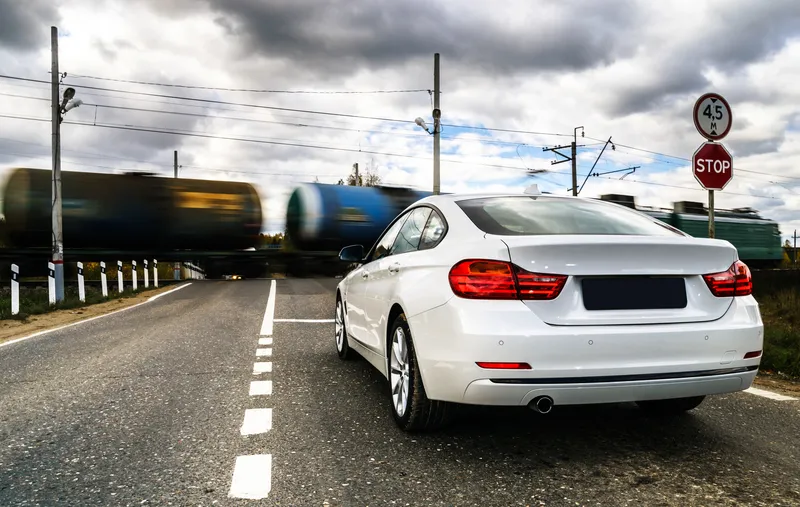German company Traffic Data Systems says its OIML-R134-1 certified low- and high-speed weigh-in-motion system uses three rows of OIML-certified Lineas sensors and is a legally accepted WIM product for enforcement (WIM-E) and tolling applications (WIM-T) to be used on all kinds of roads. For heavy goods vehicles the system can cope with speeds between five to 120km/h while for light goods vehicles the upper limit is 140km/h.
Certification has been carried out by the Federal Institute of Metrology METAS (
November 9, 2017
Read time: 2 mins

German company 4592 Traffic Data Systems says its OIML-R134-1 certified low- and high-speed weigh-in-motion system uses three rows of OIML-certified Lineas sensors and is a legally accepted WIM product for enforcement (WIM-E) and tolling applications (WIM-T) to be used on all kinds of roads. For heavy goods vehicles the system can cope with speeds between five to 120km/h while for light goods vehicles the upper limit is 140km/h.
Certification has been carried out by the Federal Institute of Metrology METAS (Switzerland) which recorded accuracies of ±5% (initial verification) and ±10% (in-service inspection) in accordance with OIML R134 have been achieved. METAS supervised the certification process requiring more than 500 test runs with different vehicles, speeds and loads. According to Traffic Data Systems, while the results appear to be less accurate than other systems on the market, those results did not follow OIML R134 or cover speeds up to 140 km/h.









